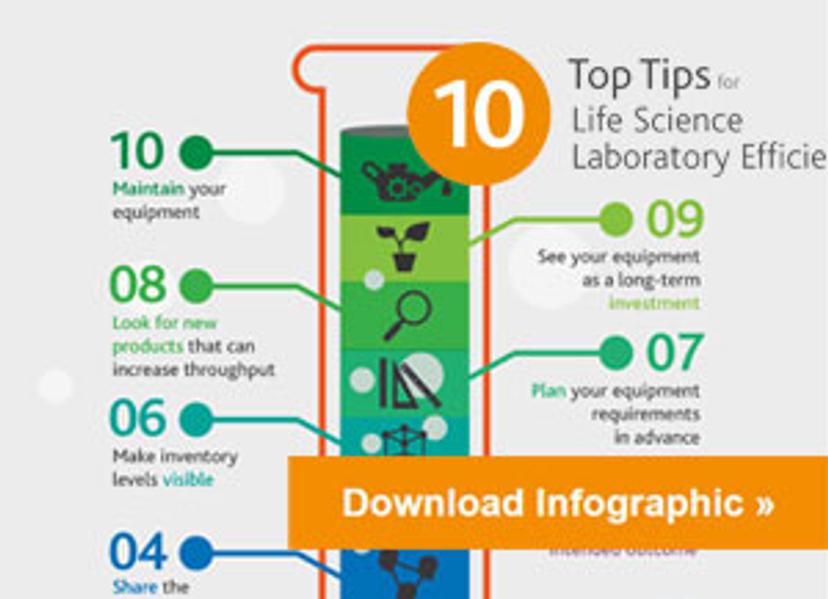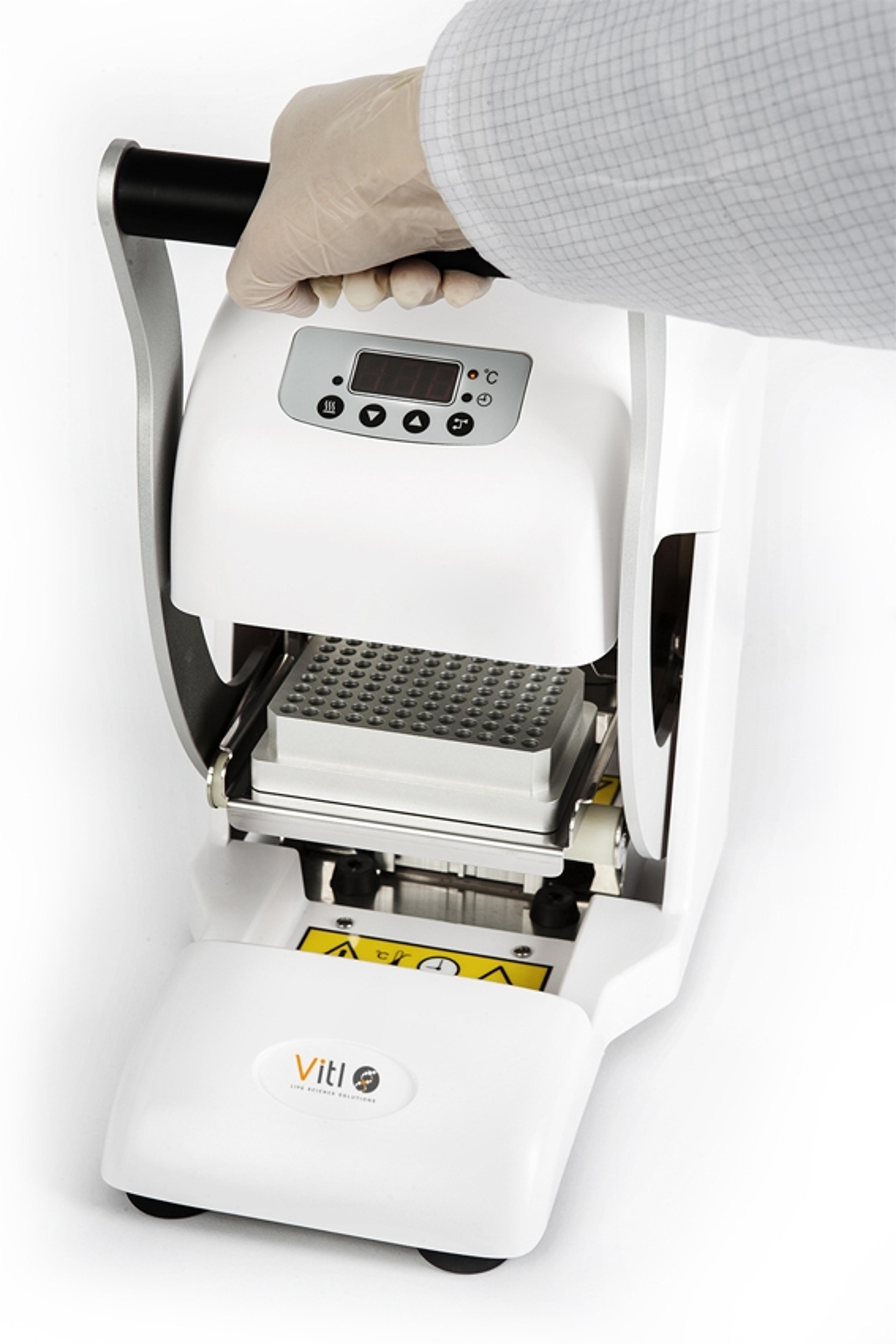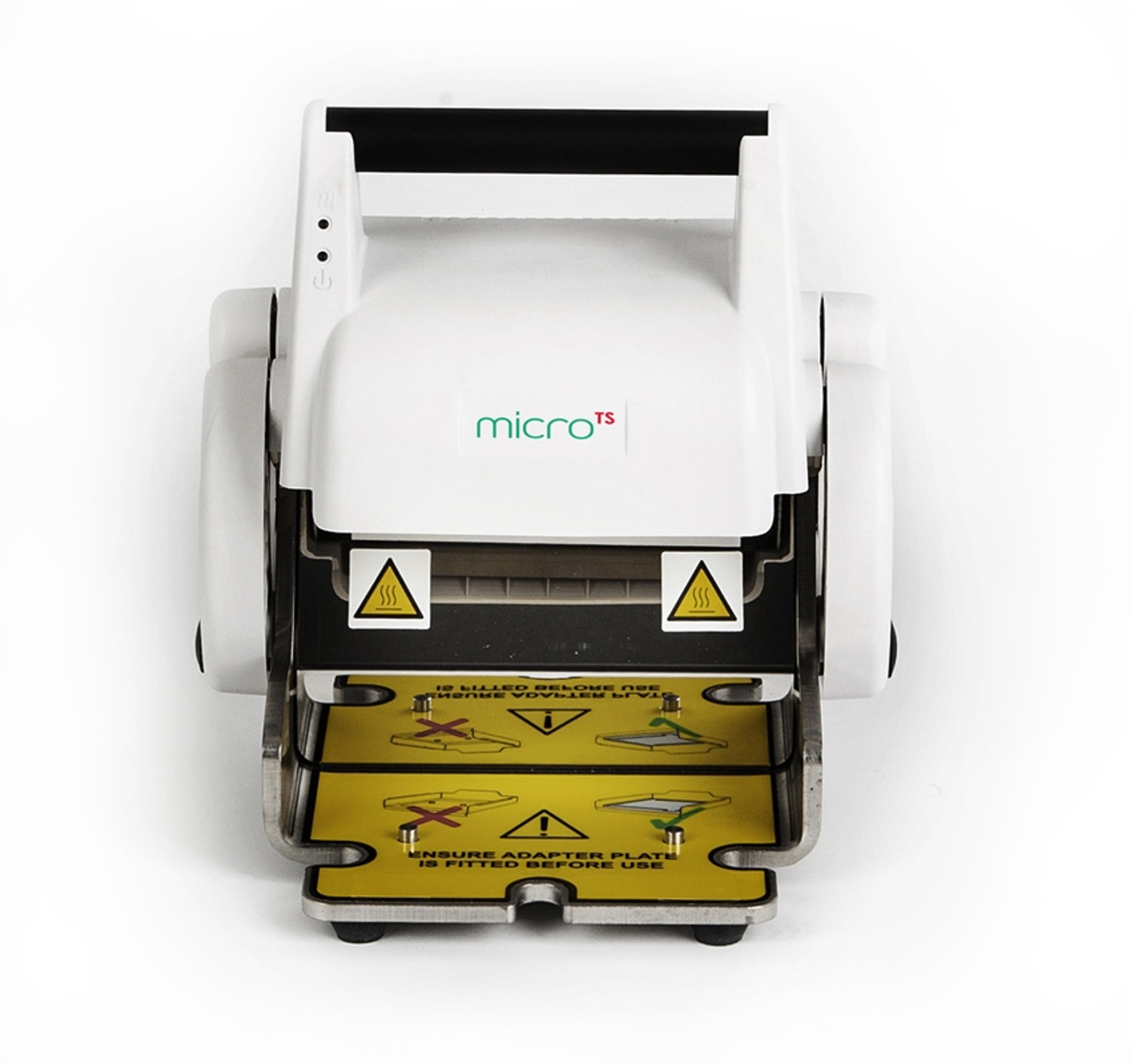10 Top Tips for Life Science Laboratory Efficiency
3 Feb 2017

There are three variables that dictate the level of efficiency in a life science laboratory. Firstly, the people working in the lab, secondly the processes they follow and thirdly what equipment they have and how they use it.
As the study of living systems and of the materials derived from these systems Life Science is arguably the most variable of all the scientific disciplines. Working with living organisms means that even the slightest change in process or environment can lead to a radical change in the outcome of any test.
Is your incubator running a little warm? Expect to see a change in culture growth on your agar plates. Have you changed microcentrifuge tube to a cheaper, less well-contained alternative? You might find that your proteins aren’t quite as intact as they used to be.
Get more great content like this sent to your inbox: Register as a SelectScience member today.
Not only is the substrate variable, but things acting upon this substrate, like enzymes, are also innately variable. This variability means that planning and ensuring continued tight control over processes, training and equipment is vital for efficient and consistent running of Life Sciences laboratories.
From setting out your bench correctly to choosing the right type of storage boxes, this article sets out 10 simple tips to make your lab more efficient today:
People
1. Hire the right people
Nothing is more important to an efficient life science laboratory (or any laboratory for that matter) than its people. Whether in the academic, commercial or public sector, lab teams require strong leadership, continuous education and training and motivation with clear, achievable objectives.
2. Foster a culture of innovation
Actively ask, and encourage others to ask “why am I doing it this way?” If there is a better way, apply proper scientific method to validate the new protocol.
Rather than everyone having free-reign, regular method review should be a planned exercise so as to avoid distractions from the task at hand.
Processes
3. Lean your bench space
Being lean doesn’t have to involve anything complex; as a starting point place the items you use most next to your dominant hand and have a few ‘dry runs’ of any new methods to ensure that your bench space is laid out in a logical way.
Consider including a bench layout plan in the method to ensure that your labmates can be as efficient as possible too.
4. Share the responsibilities
Making certain people accountable for particular areas of the lab in terms of cleanliness and organization will ensure that the whole environment, not just one or two benches, is conducive to working in an efficient way.
5. Start with the intended outcome
Efficiency improvements will be constrained by the output requirements of the lab and process planning and method development should start from the required output.
Knowing your aim and working backwards saves the wasted time and effort of getting to the end of writing up a method only to realize that it isn’t possible to process as many samples as you need to.
6. Make inventory levels visible
Instead of filling every inch of available storage space with cardboard boxes, consider using see-through storage boxes so that it is obvious when stocks are running low. Plus, cardboard is a hive of activity for all manner of fungi and other nasties that would like nothing more than to interfere with your assays at a moment’s notice.
Equipment
7. Plan your equipment requirements in advance
Having an equipment calendar makes it much easier to ensure that everyone has what they need, when they need it.
There are plenty of free shared online calendars that can be accessed by everyone in the lab to allow them to plan ahead.
8. Look for new products that can increase throughput
There are plenty of new laboratory products available every year, seeking to increase sample throughput and make protocols more efficient. Keep an eye out for the new generation of programmable lab equipment (such as the Vitl Co-Mix) that allows you to set a protocol and leave the unit running for hours or even days without requiring supervision.
Don’t always assume that the big players have all of the answers. If you have suggestions for an improvement to a product that would benefit your method, smaller, more flexible manufacturers may well be able to modify their equipment to better suit you.
9. See your equipment as a long-term investment
From pipettes to complex HPLCs, life science laboratory equipment should be viewed as an investment. If your output demand was to double in a year’s time, could your current equipment still meet your needs?
Equally, rank the quality of the instrument against your needs. If you are buying something that you are going to use all day, every day, perhaps spending a little extra on something well-built will be better in the long run than going for the “cheap and cheerful” option that needs to be replaced every few months.
10. Maintain your equipment
As well as being fit-for-purpose now and in the future, consider how your equipment will be maintained. Without regular maintenance and servicing, even the most well-engineered equipment will operate less efficiently (you wouldn’t buy a car that had no service history!).
Worse still, an equipment fault that rendered your key piece of instrumentation unusable would have disastrous consequences for your throughput.



